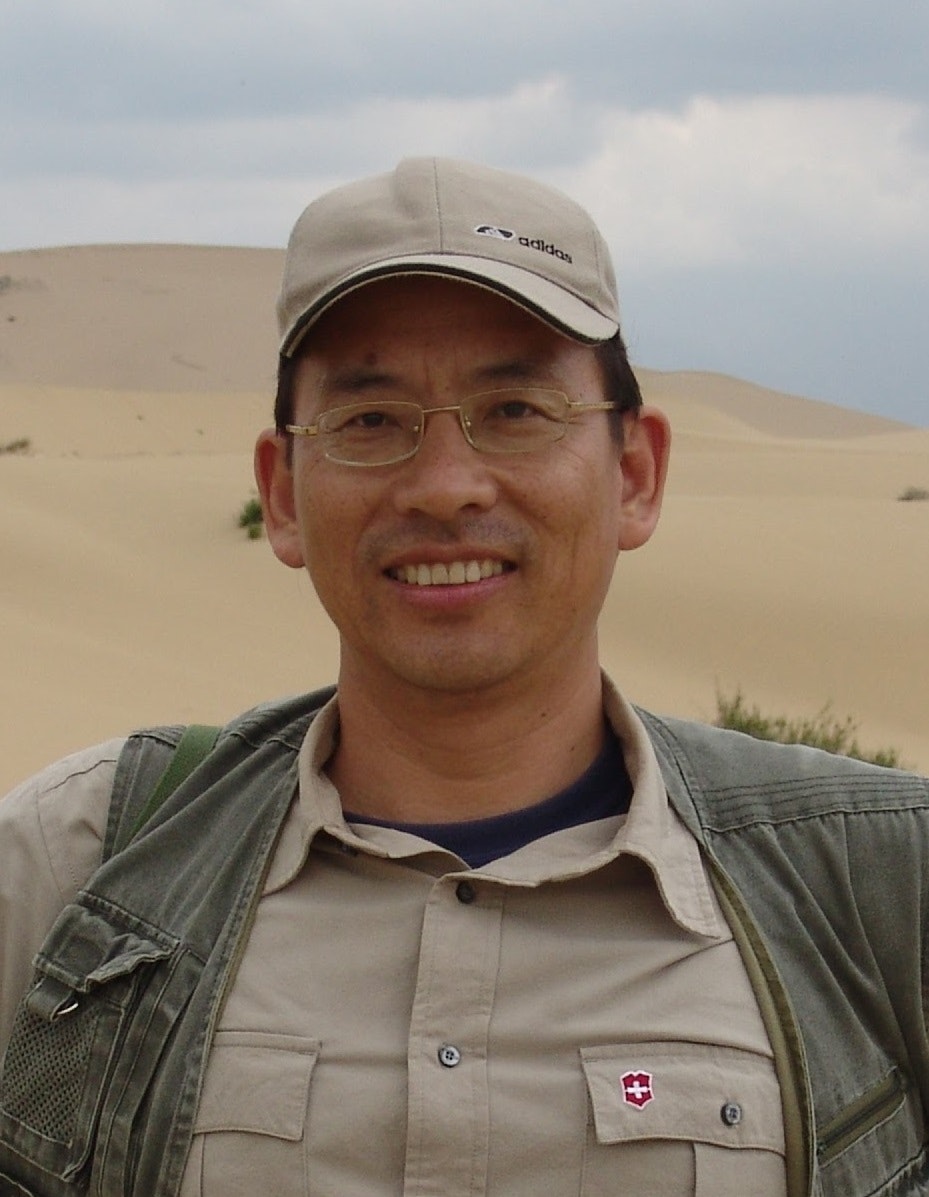Ecosystem approach to conservation of the Przewalski’s gazelle in pastoral areas around the Qinghai Lake, China
Qinghai means ‘green sea’ in Chinese, and the lake of the same name on the Tibetan Plateau is the largest inland saltwater lake in China. Lying in the northeast of Qinghai Province, at 3,200 meters above sea level, the lake stretches like an ocean into the horizon, attracting large flocks of migratory birds.
The sandy steppes and dry grasslands surrounding the lake are also an important grazing area for many species, including Tibetan wild ass, Tibetan gazelle, as well as one of China’s most critically endangered species, the Przewalski’s gazelle.
First identified in the 1890s, Przewalski’s gazelle populations have declined every year since they were discovered, and the species is now even rarer than the giant panda. Hunted in the 1900s for meat and hide, and more recently out-competed by the 3 million head of livestock grazing the plateau, today less than a few hundred gazelles survive.
500,000 people are dependent on herding in Qinghai Province, but over-grazing of the fragile altitude grasslands is leading to desertification, destruction of the plateau and a reduction in the availability of food for the gazelles. Once a large contiguous area, today the plateau landscape is crisscrossed by barbed wire fences, cutting off the last gazelles from each other.

Since 1994, 48 year old Dr. Jiang Zhigang of the Chinese Academy of Sciences has researched and monitored Przewalski’s gazelle around the lake. Zhigang and his team are working directly with indigenous people on conservation and conflict resolution initiatives, demonstrating how they can coexist with wildlife.

He has helped elevate Przewalski’s gazelle as a flagship species for grassland conservation in China, and in 1997 successfully established the lake as a National Nature Reserve, free from illegal hunting. Zhigang is now working with the provincial and central governments to formulate a conservation strategy for the region. He is establishing sustainable grazing practices with local people and mapping key corridors between the four remaining populations of gazelle, to protect this, the most threatened hoofed mammal in the world.





